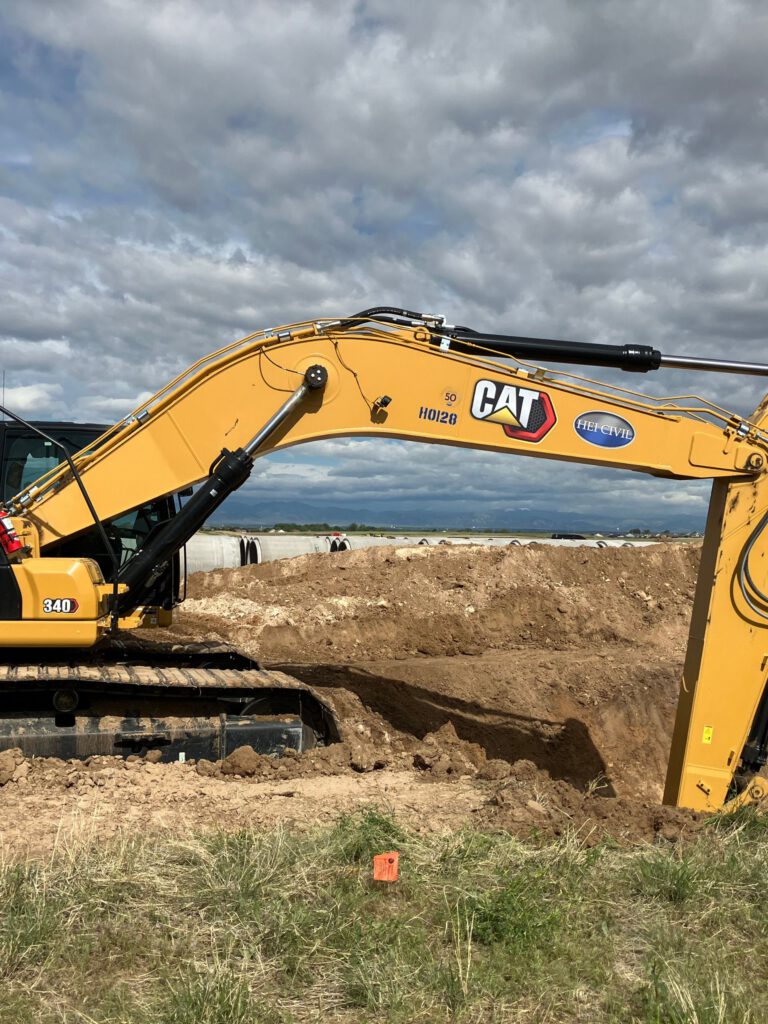The term “social infrastructure” is frequently mentioned in heavy civil construction, but what does it encompass? Social infrastructure refers to the essential facilities and systems that support the quality of life within a community.
Social infrastructure examples
- Schools
- Hospitals
- Transportation networks
- Water supply systems
- Recreational areas
For a heavy civil construction company, focusing on social infrastructure projects is a strategic business decision and a crucial contribution to societal well-being. Below are a few of the reasons why social infrastructure is essential.
Enhancing Community Well-Being
At the core of social infrastructure construction is improving the quality of life for communities. Building modern hospitals ensures that residents have access to top-tier healthcare. Constructing new schools and upgrading educational facilities provide children with better learning environments, paving the way for future generations to thrive. These projects have a direct, positive impact on the daily lives of individuals and families.
Stimulating Economic Growth
Investing in social infrastructure is a powerful catalyst for economic development. Construction projects create jobs, not just within the construction industry but also in the surrounding areas. Improved transportation networks, such as roads and bridges, enhance connectivity and boost local businesses by making it easier for customers to access goods and services. Moreover, a well-developed social infrastructure attracts investors, further fueling economic growth.
Promoting Sustainability
Sustainability is a crucial consideration in modern heavy civil construction. Social infrastructure projects often incorporate green building practices and sustainable materials, reducing the environmental footprint of new developments. By prioritizing sustainability, construction companies can help mitigate climate change, promote environmental stewardship, and ensure that infrastructure serves the community for generations.
Ensuring Resilience and Preparedness
In an era of increasing natural disasters and uncertainties, robust social infrastructure is essential for community resilience. Well-constructed hospitals, emergency shelters, and resilient transportation networks ensure communities can withstand and recover from adverse events. Investing in resilient infrastructure is a proactive approach that safeguards communities and saves lives.





